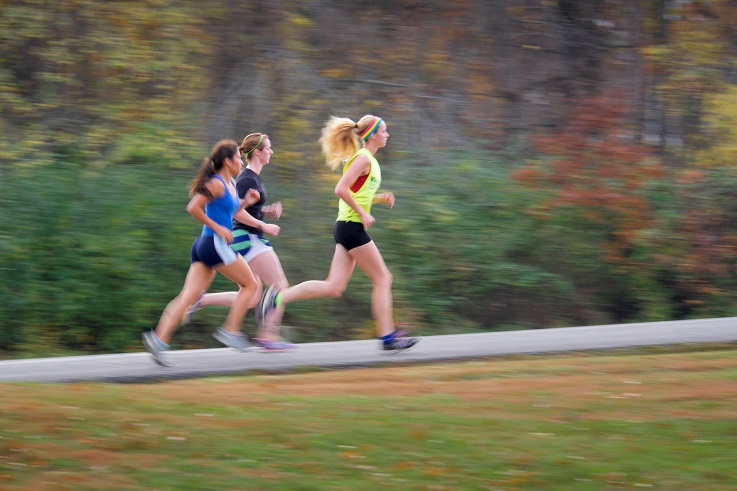Off-horse fitness tips every equestrian major should know

Every bachelor’s in equestrian student knows that riding places demands on certain muscle groups, and in order to ride our best and ride safely — whether you are riding casually or competitively — strengthening our muscles, developing endurance, flexibility and strong posture will help us sustain our riding career for the long haul.
In an article published in Noelle Floyd, personal trainer Mike Bathelemy, who has trained equestrian stars from Eugenio Garza, Anna Buffini, George Morris and more, says that working out helps equestrians build endurance and decreases the risk of injury. “Strong, elastic muscles, tendons, and ligaments are much less prone to injury, which is why I strongly recommend every rider exercise, especially the young amateur riders who find themselves too tired to ride.”
Bathelemy shares five exercises he recommends every equestrian athlete do to improve posture and stamina and to build strength in key muscle groups needed for riding. These exercises include:
1. Single leg squats – work up to four sets of 20, alternating legs
2. Hip thrusters – work up to four sets of 20
3. Rear delts – work up to four sets of 20
4. Single arm rows – work up to four sets of 20, alternating arms
5. Planking – hold for one minute in regular form, and then one minute of a sideways plank on each side
Apart from these specific exercises equestrian majors should incorporate into their regular fitness routine, there are various exercise programs that can be beneficial for equestrians specifically. An article on Livestrong.com shares a few recommended exercise practices for equestrians listed below.
Pilates
Beginner equestrians will try to hold their balance in the saddle by relying heavily on their arms and legs. Pilates focuses on improving your core strength, so that you can remain balanced in the saddle and relax your arms and legs so as not to interfere with the horse’s movement.
Tai Chi
This ancient martial art form helps to further improve your balance, as well as increases your range of motion and heighten your sensitivity to the movements of your horse. Tai Chi also focuses on your breathing and attaining inner balance, and because horses are such receptive animals, this practice can decrease anxiety in the rider, and in turn, horse.
Physiocise
This set of exercises was developed and named by exercise physiotherapist Anna-Louise Bouvier. Much like physical therapy, this technique is very intentional in focusing on strengthening key areas of the body, helping equestrians balance the spine to improve riding posture, stretch tight muscles, and strengthen their arms, legs and core.
Along with access to on-horse training in our on-campus equine complex — home to multiple indoor and outdoor arenas, a 40-acre cross-country course, USEF regulations jumps and more — bachelors in equestrian majors have access to off-horse fitness training in William Woods University’s Weider Fitness Center. This facility serves the fitness needs of all William Woods University students and acts as the hub for athletic strength and conditioning training on campus.

